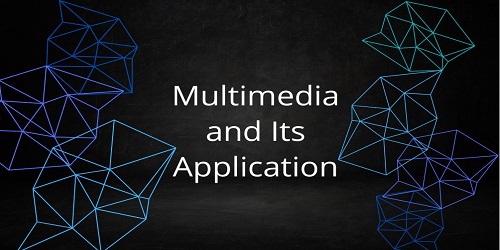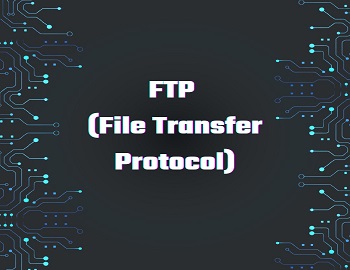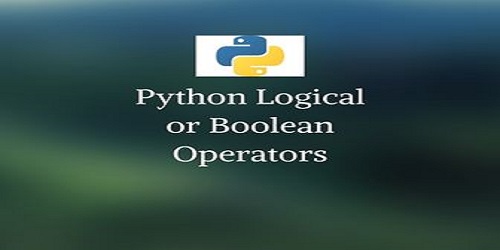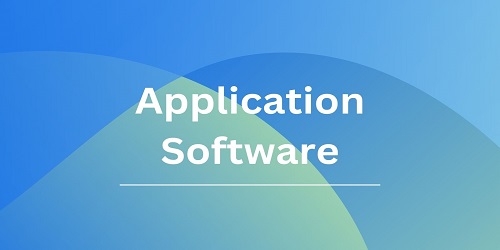Table of Contents
What is Multimedia?
Multimedia is a medium through which information can be efficiently transmitted from one place to another. The word ‘multimedia’ is a combination of two words, ‘multi’ means many, and ‘media’ means materials through which something can be submitted. It combines all media elements (like text and graphics) to present the given information in an effective and attractive manner.
What are Multimedia Systems?
A computer system that is able to process multimedia data with its devices and configurations and provides open interfacing for various media capture and communicating devices is known as a multimedia system. Here, the capture and communicating devices are Digital Cameras, Microphones, Speakers, Scanners, etc.
Characteristics of a Multimedia System:
The following are the characteristics of a multimedia system.
- It must be computer controlled.
- Multimedia systems are integrated.
- The information they handle must be represented digitally.
- The interface to the final presentation of media is usually interactive.
Types of Multimedia:
There are two types of multimedia commonly used.
(1) Linear Multimedia or Passive Multimedia System- It plays a sequence of sound, video, and images without interrupting the presentation content as users have no control over it. This type of multimedia is used commonly in video or television advertisements.
(2) Interactive Multimedia or Non-Linear Multimedia System- It allows users to control the sequence by selecting different options. Interactive multimedia (IMM) achieves a higher level of information transmission as it allows users to actively participate in the process. This type of multimedia is used in digital libraries, video mail, training-on-demand, video-on-demand, electronic games, and many more.
Components of Multimedia:
(1) Multimedia Processing and Coding- This includes audio/image/video processing, compression algorithms, multimedia content analysis, content-based multimedia retrieval, multimedia security, and so on.
(2) Multimedia System Support and Networking- This includes network protocols, Internet and Wireless networks, operating systems, servers and clients, and databases.
(3) Multimedia Tools, End Systems, and Applications- These include hypermedia systems, user interfaces, authoring systems, multimodal interaction, and integration: “ubiquity”- Web-everywhere devices, multimedia education, including computer-supported collaborative learning and design, and applications of virtual environments.
Applications of Multimedia:
(1) Distance Learning- Multimedia can be used by academics and trainers for designing and presenting information for learning.
(2) Information Distribution- Multimedia can be used for the audio-visual presentation of information using animation and sound on projection systems. Information managers can organize and distribute digital images, sound, video, and text altogether.
(3) Entertainment- Different multimedia games can be created for the entertainment of children. The creation of virtual environments makes them feel enjoying real car driving, aircraft flying, playing and listening to music while viewing singers’ physical performances, etc.
(4) Home Shopping- Shopping and marketing is automated by the use of multimedia applications. Interaction between international companies and people becomes very easy.
(5) Medical Healthcare- Medical education, training, and suggestions for identifying disease symptoms, diagnostic procedures, etc. can be made available.
(6) Video Conferencing- Arranging conference meetings with globally scattered people is now possible.
(7) Multimedia Classroom- Electronic self-learning system using audio-visual media is made possible. A virtual classroom may be established.
| What is Virtual Reality? It is described as an artificial environment that is created by using special computer hardware and software. This artificial environment is presented to users in such a manner that it appears and feels like a three-dimensional world. |
Advantages of Multimedia:
- It communicates effectively any complex message with a clear meaning.
- It enhances text messages by providing sound and useful visual effects.
- Use of audio and animation/video effects which are more likely to grab the attention of the audience, and can make the presentation easier to understand.
- Possible to have interactive hyperlinks built into the presentation; this means the presentation could access a company’s website or even key files stored on the cloud (such as video footage, images, spreadsheets, and so on).
- It provides a better understanding and information retention.
- It provides a mode for easy learning and enjoyment at the same time.
- It enhances non-verbal communication.
Disadvantages of Multimedia:
- A need to have special equipment which can be expensive.
- A danger that equipment could fail while giving multimedia presentations.
- There may need to be internet access.
- It requires regular software and hardware upgrades.









Comments (No)